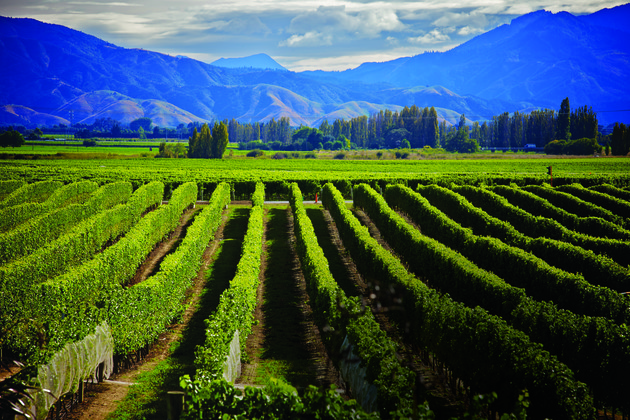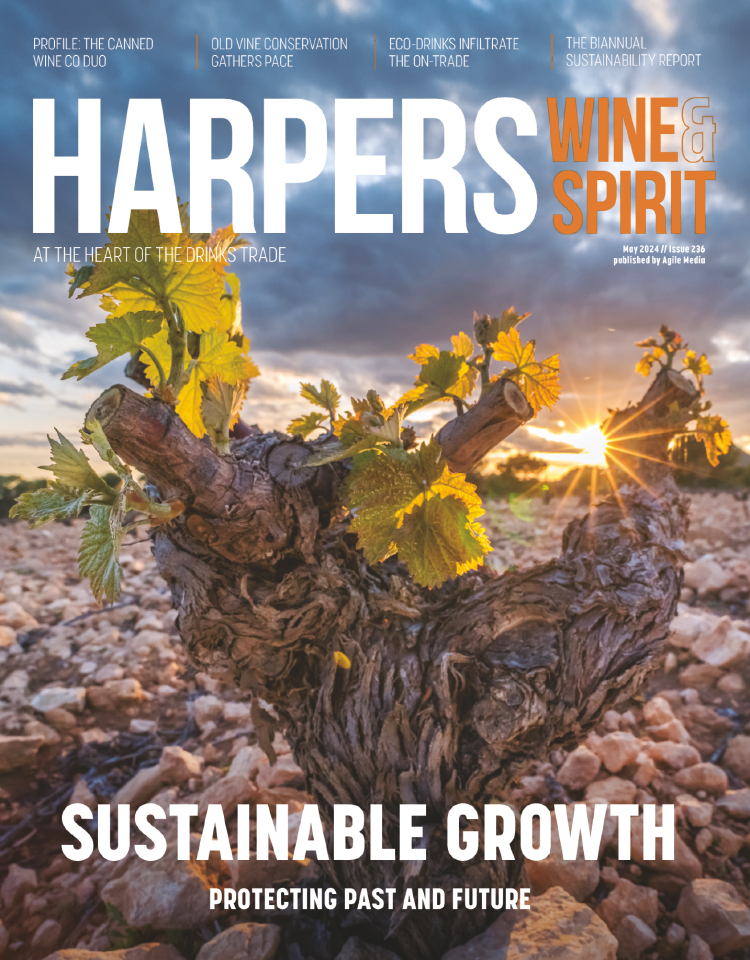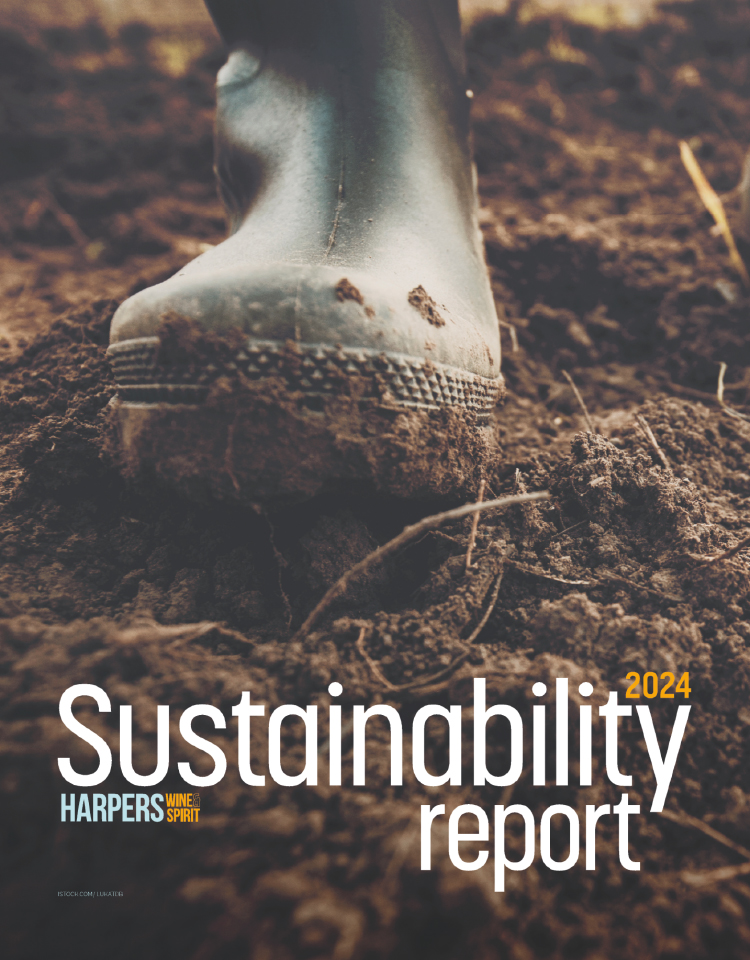
Bulk wine shipping and New World plantings to slow, says Rabobank
Shipping wine in bulk is set to slow, while New World plantings are also declining - that's according to Rabobank's recently published World Wine Map.
The report predicts that while the number of markets consuming wine is set to expand, the growth from hotly-tipped China and the US is decelerating.
 New World wine production is set to taper offNew Zealand's vineyards expanded by more than 300%, albeit off a small base, in the past decade, says Rabobank. It forecasts a slowing down of growth now.
New World wine production is set to taper offNew Zealand's vineyards expanded by more than 300%, albeit off a small base, in the past decade, says Rabobank. It forecasts a slowing down of growth now.
"The advent of improved technology for shipping bulk wine has provided great efficiencies for shipping certain types of wine, but it is not an appropriate solution in all cases, " the report shows.
Rabobank now believes most efficiencies to be gained from switching from bottle to bulk have already been had, consequently it expects bulk shipping growth to taper off.
What's more, Rabobank said the shift towards bulk shipping - in 2006 it accounted for one third of all New World shipments but in 2013 was almost half - has had "a profound effect on wineries' ability to build brands".
Bulk shipping has "reduced some of the advantages in sourcing that local suppliers have traditionally enjoyed", allowing large wine companies and retailers to build brands in-market.

|
New Zealand's vineyards expanded by more than 300%, albeit off a small base, in the past decade, says Rabobank. It forecasts a slowing down of growth now. |
"In effect, the centre of gravity for building brands has subtly shifted away from those closest to the source of supply towards those closest to the end user," the report states. But it adds that supplier countries still hold some power, particularly on the higher-end wines.
New World production growth tapering off
The past decade has seen production levels in New World markets skyrocket - growing by 15% in the US, Australia and Argentina, in Chile by more than 90% and in New Zealand by more than 300%, albeit from a very small base. Such exponential growth is not expected to continue: investments to expand vineyards has "slowed considerably", and even in the US, where growers have been expanding, the threat of ongoing drought and falling spot prices may restrict this.
American and Chinese consumption to slow
Premiumisation will contribute to slower growth in consumption in the US, while China's austerity measures have already begun to effect a decline in consumption there. Rabobank expects this trend to stabilise in 2015, but ultimately predicts consumption will be driven by private, rather than public sector, consumers. "Wine imports will return to growth mode, though at much lower rates than in the previous five years, and will likely skew to less premium price points than in the past as pricing normalises," the report states.
You can read an excerpt from the World Wine Map here.





